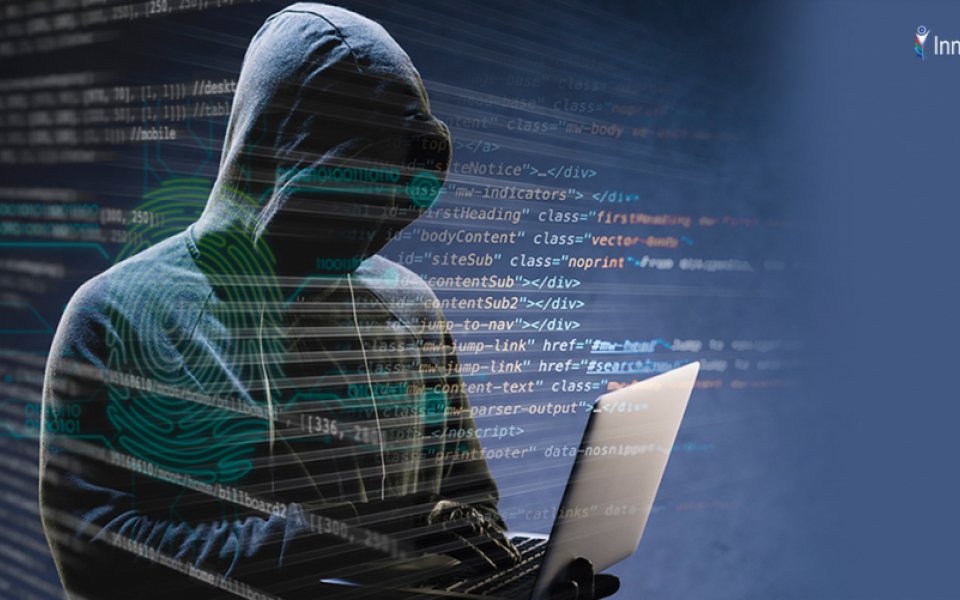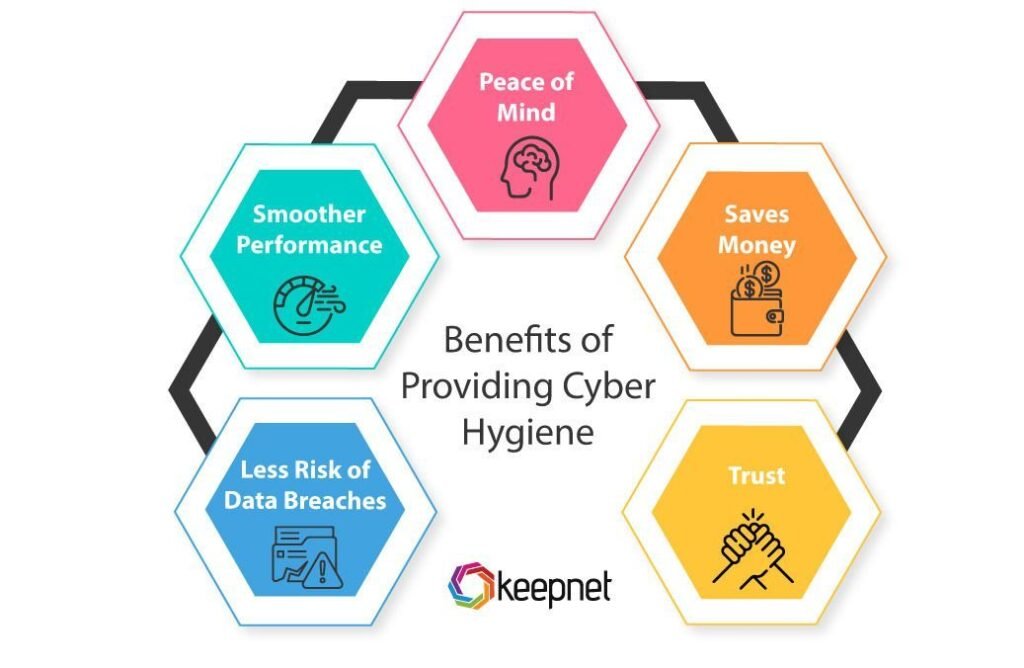In 2025, the world of cybersecurity is evolving faster than ever, and so are the threats. The rise of AI-driven hackers has added a new layer of danger to the digital lives of Americans. These aren’t just traditional hackers anymore; they’re advanced algorithms capable of learning, adapting, and launching large-scale attacks with frightening speed and accuracy. But while the threats are smarter, so are the defenses. Across the U.S., individuals, businesses, and tech firms are stepping up with powerful tools and strategies to stay one step ahead.
Cybersecurity in 2025
The AI Hacker Threat: Smarter, Faster, and More Dangerous
AI hackers don’t sleep, don’t make typos, and don’t need motivation. They analyze patterns, breach systems, and learn from failed attempts in real time. Whether it’s phishing scams that use perfectly worded emails or malware that can disguise itself intelligently, AI has given cybercriminals a terrifying edge. Americans are already feeling the impact—from identity theft and data leaks to ransomware attacks targeting hospitals, schools, and city governments.
Even small businesses and individual users are finding themselves in the crosshairs of AI-powered scams. Deepfake audio and video, social engineering, and highly targeted spear-phishing attacks are becoming common. The line between what’s real and what’s manipulated is blurring quickly.

AI vs. AI: Fighting Fire with Fire
Thankfully, cybersecurity experts are not sitting idle. In fact, some of the most powerful tools used to stop AI hackers are also powered by artificial intelligence. AI-powered defense systems can now detect unusual activity within milliseconds, quarantine threats, and alert users before damage is done. These tools analyze user behavior, track unusual login attempts, and even detect fake voices or emails with forensic precision.
Tech giants are rolling out AI-driven security software that constantly learns and adapts to new threats. It’s like having a personal security guard for your digital life—one that never blinks. For the average American, using apps and devices with built-in AI protection is becoming a vital step in staying safe.
Cyber Hygiene Becomes a Daily Habit
In 2025, cybersecurity is no longer just the concern of IT professionals—it’s everyone’s responsibility. More Americans are adopting “cyber hygiene” practices to reduce their risk. This includes using password managers, enabling multi-factor authentication, regularly updating software, and avoiding public Wi-Fi for sensitive transactions.
Schools and workplaces are offering cybersecurity training to help people spot phishing emails, verify links, and safely manage personal information. Even kids are learning digital safety as part of their education. These small habits, when practiced consistently, are proving to be powerful shields against AI-based threats.

The Role of Biometric and Behavioral Security
With passwords becoming easier for AI to crack, biometric security is becoming the new normal. Facial recognition, fingerprint scans, and even voice patterns are now being used to verify identity. But 2025’s security goes a step further—by analyzing how you type, move your mouse, or swipe your phone. These behavioral patterns are unique to each user and very hard for AI to fake.
This next generation of authentication adds an invisible layer of protection. Many banks, shopping platforms, and government portals have started integrating these systems to make sure only the rightful user gets access—no matter how smart the attacker’s AI may be.
Community Action and Government Safeguards
Cybersecurity is now a national priority. In response to rising threats, U.S. lawmakers have introduced stronger regulations around data privacy and digital protection. New laws require companies to disclose breaches faster, secure consumer data more effectively, and invest in advanced security systems.
Public-private partnerships have also expanded, allowing tech companies to collaborate with federal agencies on real-time threat monitoring and response. The government is also running awareness campaigns to educate citizens about AI-related cyber threats and how to report suspicious activities. It’s a collective fight—one that needs everyone’s participation.

Smart Tools for Personal Protection
Consumers now have access to smarter cybersecurity tools than ever before. From AI-enabled VPNs that hide your data trail to browser extensions that warn you about suspicious websites, tech is stepping in as a powerful ally. Smart home devices are coming with built-in firewalls, and smartphones are offering privacy dashboards that show which apps are watching or listening.
Many cybersecurity firms are offering affordable protection plans for families, helping protect not just laptops and phones but also smart TVs, thermostats, baby monitors, and other connected devices vulnerable to AI attacks.
AI Literacy Becomes the New Digital Literacy
To fight AI threats, people need to understand how AI works. Across the country, there’s a growing movement to improve AI literacy. Schools, community centers, and online platforms are offering crash courses in understanding algorithms, spotting misinformation, and protecting digital identity.
The goal is to empower everyday Americans to not just fear AI, but to use it smartly. As AI becomes more integrated into daily life—from virtual assistants to smart cars—knowing how to manage its risks becomes just as important as knowing how to use a smartphone.
The Human Edge in an AI-Driven World
Despite the speed and power of AI, there’s one advantage humans still hold: emotional intelligence and intuition. Many cyberattacks succeed not because the AI was too smart, but because the user was too trusting or unaware. By educating people, raising awareness, and promoting healthy skepticism, the fight against AI hackers becomes more balanced.
In workplaces, families, and online communities, Americans are learning to trust their instincts, double-check suspicious links, and slow down before sharing personal data. It’s this human edge—combined with smart tech—that gives hope in the battle for digital safety.
Looking Ahead: A Safer, Smarter Digital Future
Cybersecurity in 2025 is no longer about installing antivirus software and hoping for the best. It’s about being proactive, informed, and empowered. As AI hackers become more sophisticated, so too must our defenses. The good news? Americans are rising to the challenge—using smart technology, building better habits, and standing together in the face of invisible threats.
The AI war isn’t over—but with the right tools, awareness, and unity, victory is within reach.
Helpful Backlinks:
- Cybersecurity & Infrastructure Security Agency – Tips for 2025
- Norton AI Security Tools for Families
- Bitdefender 2025 Smart Protection
- McAfee AI Threat Protection
Also read : Voice Cloning Tech Empowers Creators but Sparks Big Hollywood Fears






